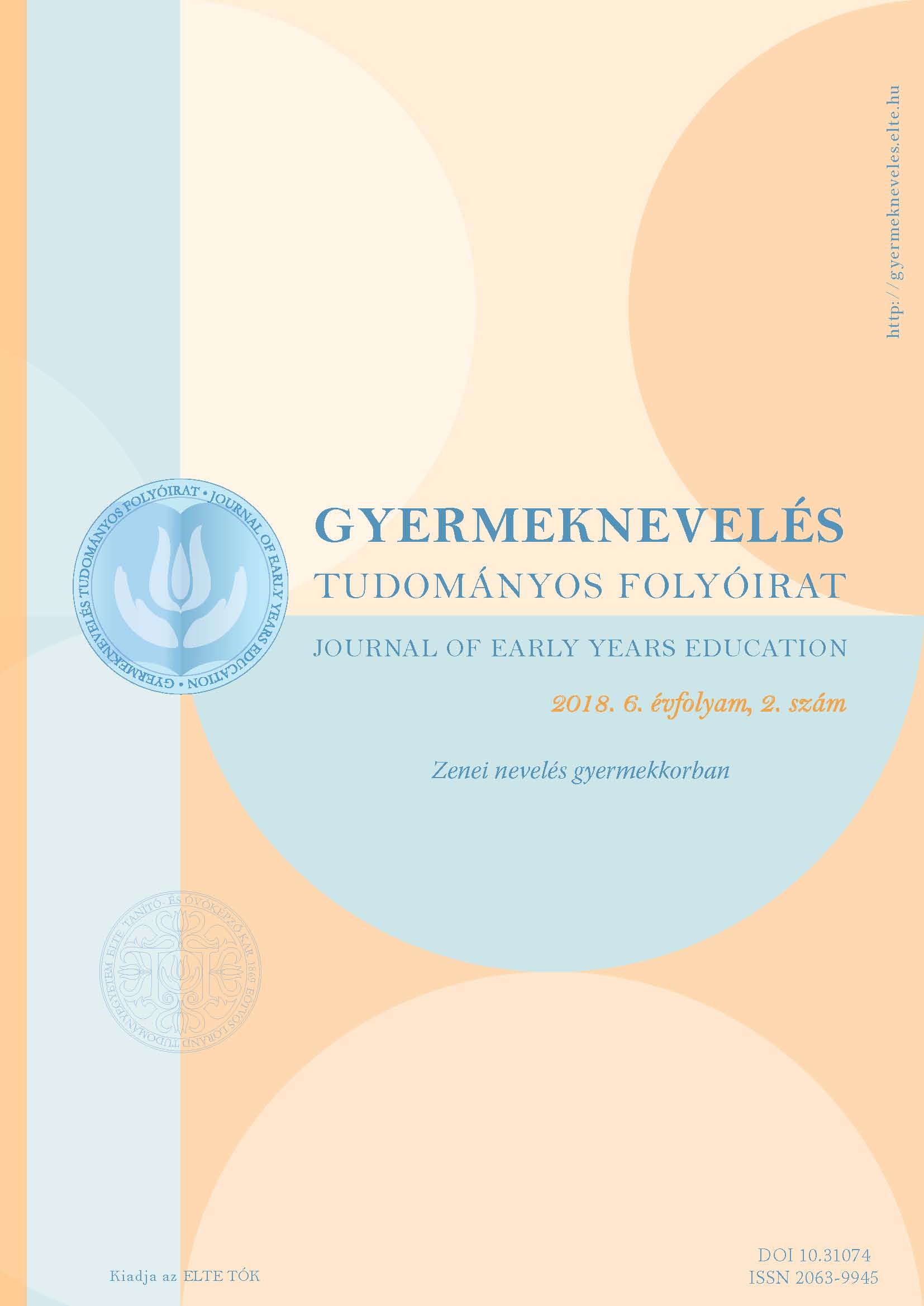The development of rhythmic skills up to 12 years of age
DOI:
https://doi.org/10.31074/gyn20182108118Keywords:
rhythm, rhythmic skill, music education, transfer effect, rhythm teachingAbstract
The development of rhythmic skills, like developmental features of other skills is characterized by an accelerating and gradually slowing down process. The most intense period of development can be in pre-school age and early elementary school age. The development of children’s musical abilities in this sensitive age can be the most effective. The development of rhythmic skills also helps to develop other non-musical skills. Numerous researches confirm the positive effects of rhythmic skills on language skills, reading, mathematical thinking, memory and intelligence. The development of rhythmic skills is of the utmost importance, and can be a predictor of later learning success. The study presents the age characteristics and development possibilities of rhythmic development in three age groups (up to 3 years of age, between 3–6 years of age, between 6–12 years of age). The aim of the study is to explain the most important aspects of the pre-school music education and the rhythmic development principles of the lower level education framework curriculum.
Downloads
Downloads
Published
How to Cite
Issue
Section
License
Copyright (c) 2018 Author

This work is licensed under a Creative Commons Attribution-NonCommercial-ShareAlike 4.0 International License.

